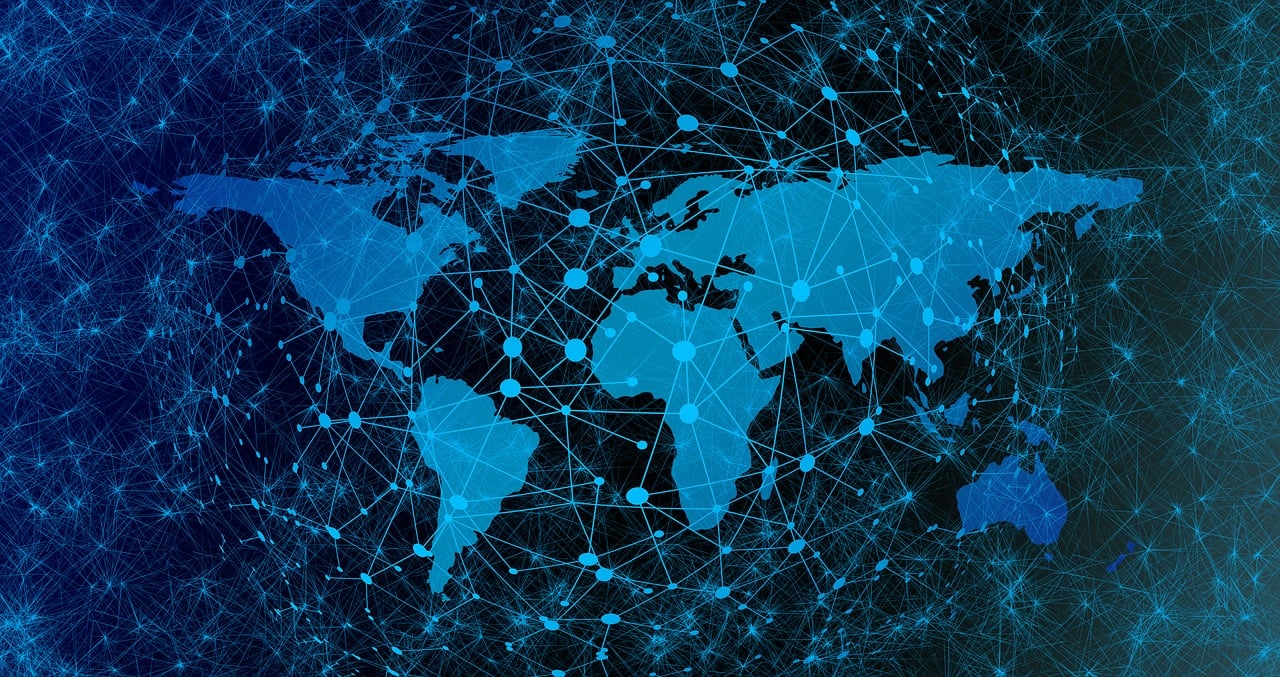Title: The Material Science of Optical Fiber Communication Cables
The material science of optical fiber communication cables is a fascinating and rapidly developing field. These cables, which are made of glass or plastic, are able to transmit light signals over long distances with minimal loss, making them crucial for modern communication networks. The material science of these cables involves understanding their physical properties, such as their refractive index, which affects how light behaves within the fiber. Additionally, researchers are exploring new materials that could improve the performance of these cables, such as materials with higher transmission efficiency or lower attenuation. This field of material science is crucial for the development of future communication networks, as it allows researchers to create cables that are more efficient, reliable, and cost-effective.
Optical fiber communication cables, also known as fiber-optic cables, are the backbone of modern telecommunications. These cables are capable of transmitting vast amounts of data over long distances with minimal loss and high efficiency. To understand how these cables work and how they are made, one must delve into the fascinating world of material science.
The Physics of Light Transmission
Optical fibers are essentially long, thin strands of glass or plastic that are capable of carrying light signals over long distances. The transmission of light through these fibers relies on a phenomenon called total internal reflection. When light rays hit the interface between two materials with different refractive indices, they are reflected back into the material with the higher refractive index. This process ensures that light remains trapped inside the fiber, reducing the possibility of signal loss.

The Chemistry of Fiber Materials
The materials used to manufacture optical fibers are crucial to their performance. Commonly used materials include silica glass, which is drawn into thin fibers and then coated with a protective layer to enhance its mechanical strength and chemical resistance. Other materials, such as polymer-based fibers, are also used in specific applications where flexibility or weight are important considerations.
The Engineering of Cable Design
The design of optical fiber cables is as important as the materials used to make them. Cables are typically composed of multiple fibers bundled together, often with a central strength member to support the cable against external forces. The outer sheath of the cable, made from a durable material like polyethylene or PVC, protects the fibers from moisture, UV light, and other environmental factors that could degrade their performance.

The Biology of Fiber Production
The production of optical fibers involves complex processes that mimic natural biological systems. For example, silica glass fibers are often produced using a process called sol-gel chemistry, in which a solution of silica compounds is gradually transformed into a solid glass fiber through controlled evaporation of the solvent. Polymer-based fibers, on the other hand, are often produced using polymerization reactions that link together small molecules to form long chains of polymer molecules.
The Future of Fiber Technology
As technology continues to advance, so does the field of optical fiber communication cables. New materials and manufacturing techniques are constantly being developed to enhance cable performance, reduce cost, and expand their applications in telecommunications, medicine, and other fields. For example, researchers are exploring the use of carbon nanotubes and other novel materials to enhance the mechanical strength and electrical conductivity of optical fibers.

In conclusion, optical fiber communication cables are a marvel of modern technology and material science. They enable us to transmit vast amounts of data over long distances with minimal loss and high efficiency, connecting people and businesses across the globe. By understanding the physics of light transmission, the chemistry of fiber materials, the engineering of cable design, and the biology of fiber production, we can continue to develop and improve these essential components of our digital age.
Articles related to the knowledge points of this article:
AB End of Communication Cable: Importance and Application
Title: Interpretation and Overview of Mining Communication Cable Models
Title: Henans Quality Communication Cables: Connectivity and Durability for Modern Communications
CHANGLE HIGH-END COMMUNICATION CABLES
Title: Using Communication Cables as Workbench Vices
Title: Understanding the Variety and Specifications of Communication Cables in Shandong Province